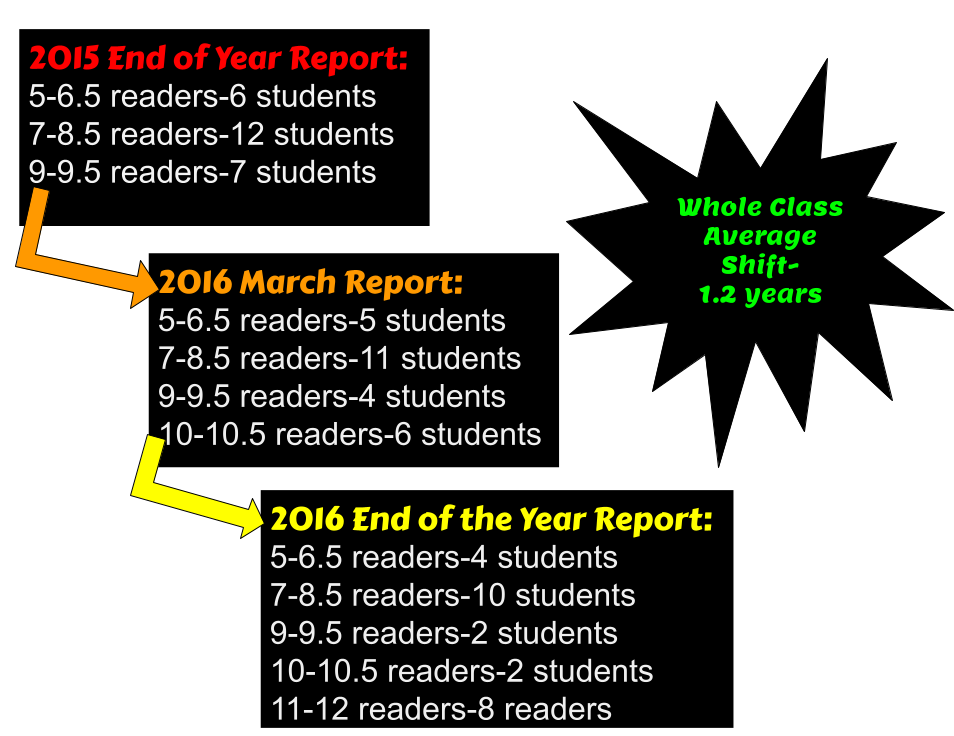Teaching in a Manaiakalani classroom means that my students have their learning visible online (via Google Sites). This means that a visible learning process leads to my students sharing their evidence of learning on their student blogs. Below is a screencast demonstrating a visible learning pathway for my student's this year.
Welcome to my Professional Learning Blog! This year, I am teaching in a 1:1 Chromebook classroom with Year 3/4 students at Pt England School in Auckland, New Zealand.
Thursday 15 December 2016
Monday 5 December 2016
Accelerated Learning From Reading Wider and Deeper
As a result of our PD from Dr. Rebecca Jesson and the Wolfe Fisher Research Centre, the Team 4 teachers (of year 5/6 students) decided early on this year to refocus the way we approached our Reading Assignments. Students were given a 2-3 week mini-topics that supported our term long school topic focus. During those mini-topic inquiries, students explored an underlying topic in more depth through the use of multi-modal texts consisting of School Journal Articles, Online Articles, In Class Demonstrations and Online Videos. As a result of our strategic wider and deeper reading, our students have been able to confidently engage in dialogic conversations during their micro-teaching groups and with their peers across our ILE.
Originally, we decided to focus our wider/deeper reading to our students who were reading at age 9 and above. Due to the make up of my literacy class, this meant that I would be going wider/deeper with 10 of my students (rougly 1/3). However, as the term progressed, I started to use similar lessons, with many of the same reading assignments, with my students reading anywhere above age 7. It is important to note that the way my students were expected to read the texts varied based on their learning group and reading age. Generally my students reading above age 9 were expected to read the text silently to themselves during their micro-group lesson prior to opening the floor for a dialogic conversation to take place. When looking at my students reading from age 7 to 9, we would often take turns reading the text aloud in our micro-group. Other times, I would point students to one specific paragraph or section of the text that I thought was most important for us to spend some time looking at.
Students were more engaged, and conversations in my classroom increased greatly. Students were also more focused when working on their follow up and create tasks. That's great and all, but what does my data show?
My data for the end of the year is amazing! I am so proud of the achievement that my students have made, and I look forward to working to see how to make this work again next year. I only had three students who did not increase their reading age this year. All of those students have been receiving services outside of the classroom and have made their own personal achievements to their learning during the school year not measured on a Running Record.

Originally, we decided to focus our wider/deeper reading to our students who were reading at age 9 and above. Due to the make up of my literacy class, this meant that I would be going wider/deeper with 10 of my students (rougly 1/3). However, as the term progressed, I started to use similar lessons, with many of the same reading assignments, with my students reading anywhere above age 7. It is important to note that the way my students were expected to read the texts varied based on their learning group and reading age. Generally my students reading above age 9 were expected to read the text silently to themselves during their micro-group lesson prior to opening the floor for a dialogic conversation to take place. When looking at my students reading from age 7 to 9, we would often take turns reading the text aloud in our micro-group. Other times, I would point students to one specific paragraph or section of the text that I thought was most important for us to spend some time looking at.
Students were more engaged, and conversations in my classroom increased greatly. Students were also more focused when working on their follow up and create tasks. That's great and all, but what does my data show?
My data for the end of the year is amazing! I am so proud of the achievement that my students have made, and I look forward to working to see how to make this work again next year. I only had three students who did not increase their reading age this year. All of those students have been receiving services outside of the classroom and have made their own personal achievements to their learning during the school year not measured on a Running Record.
Subscribe to:
Posts (Atom)